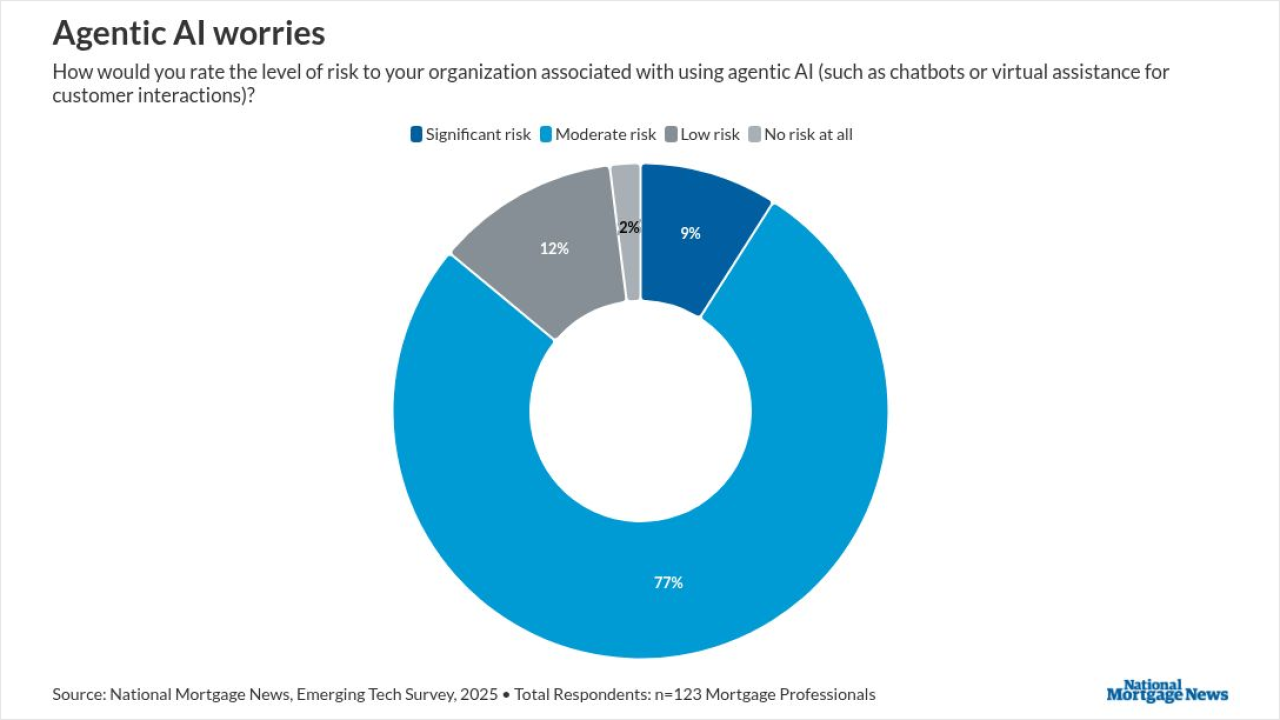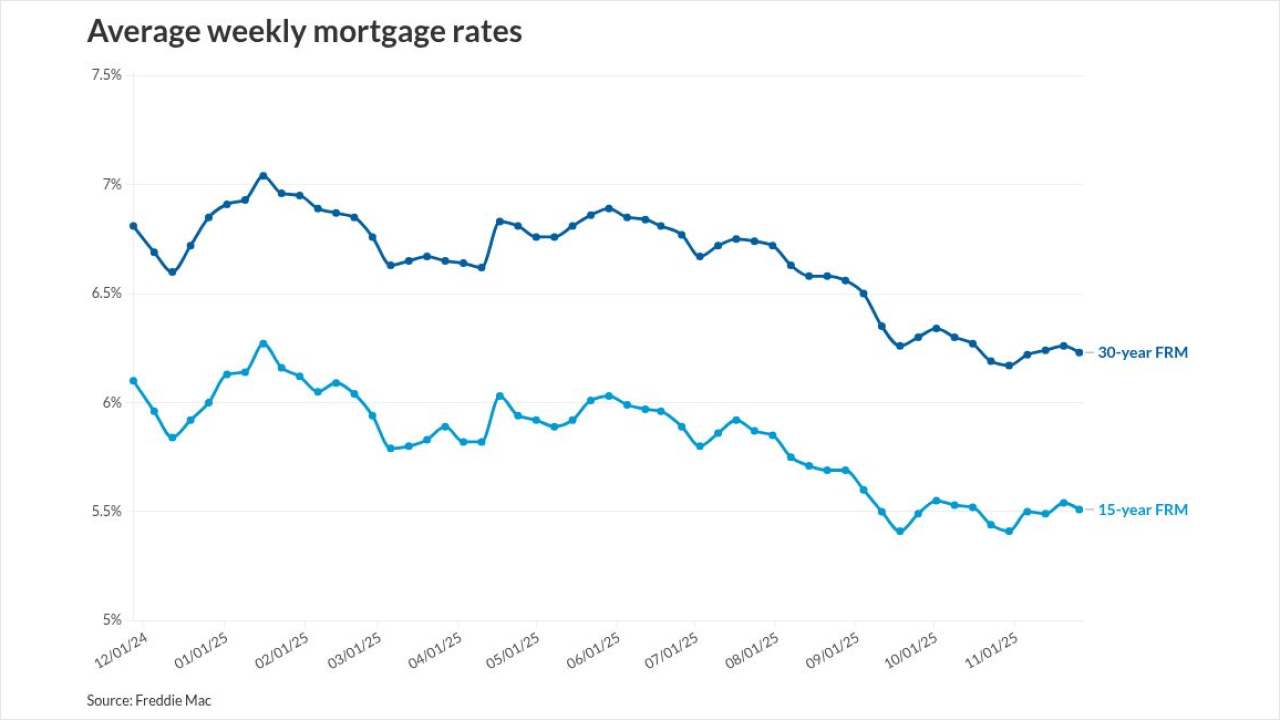Tim Pommer had been managing an auto-repair shop in the Alle-Kiski Valley for nearly a decade when he decided to turn his knack for fixing and reselling cars into fixing and reselling houses.
"I figured the profit would be a lot bigger when I flipped bigger things. I wanted to get into real estate but wasn't quite sure how," said Pommer, 31, who grew up in Fawn and lives in Kittanning.
Pommer attended seminars and professional networking events, made industry contacts, learned from mentors and purchased his first prospect in 2013. He snapped up a 4,400-square-foot, dilapidated, single-family house in Lower Burrell for $95,000.
Nine months of repairs and a few contractor hurdles later, Pommer resold the same property for $195,000, pocketing a net profit of about $15,000. The achievement set the stage for a career change and later spawned a spinoff construction company, which has helped Pommer profit as much as $50,000 on a single property within a few months.
Pommer's experience illustrates how lucrative home flipping can be, particularly in Western Pennsylvania.
The Pittsburgh region ranks in the top five among 133 U.S. markets with at least 200,000 people when it comes to the profitability of home flipping, according to the Irvine, Calif., research firm Attom Data Solutions. The area includes Allegheny, Armstrong, Beaver, Butler, Fayette, Washington and Westmoreland counties.

The region's home-flippers are snapping up houses for a median price of $63,500 and selling them at a median of $150,325, for nearly $87,000 in average gross profit and a 136.7% return on investment, according to Attom data for last year's third quarter.
The region's rate outpaces the national average return on investment of 42.6% and the average gross profit of $65,000.
"We are one of the best markets in the country, bar none," said Josh Caldwell, president of the Pittsburgh Real Estate Investors Association, which engages local members via networking and professional development opportunities. "I almost don't want people knowing how wonderful Pittsburgh is because they'll overwhelm us."
Amid a glut of old housing, low sticker prices coupled with steadily climbing rental rates give local investors an edge, Caldwell said. Elsewhere, speculators will use a valuation formula suggesting that a property that rents for $1,000 a month is probably worth about $100,000, he said.
"That's great, except we will crush those numbers. We can buy things here for $50,000 and they'll rent for $1,000 a month," Caldwell said.
Allegheny County home-flippers netted an average return on investment of 126.8% in last year's third quarter for an average gross profit of $94,500, while the average profit of $28,400 in Westmoreland County amounted to a 52 percent return on investment, according to Attom.
In Beaver County, homes were purchased at a median sale price of $30,000 and flipped for $119,900 for a return of nearly 300 percent.
"Because our cost is so low, which is kind of a phenomenon of our population loss, we have phenomenal returns," Caldwell said.
There is a catch, and it's not insignificant: Home flipping in Western Pennsylvania demands a lot of hands-on work to be successful.
Offloading an investment property in the Pittsburgh region often requires more time, money and repairs than the likes of newer homes in Phoenix or Los Angeles, where home-flippers can churn a profit after making minimal investments in upgrades or even by simply sitting on a property for years.
The median house in Pennsylvania was built in 1950, and it takes an average of 190 days to flip a home in the Pittsburgh region, compared with 179 days nationally, according to Attom.
Flipping homes in Pittsburgh and hundreds of tiny suburbs often means grappling with aging properties riddled with asbestos, lead-based paint, outdated balloon framing and hazardous knob-and-tube wiring, or even more expensive problems such as structural issues, collapsing roofs and sinking foundations.
Houses built with triple-brick layers are "indestructible, which is awesome if you want the house to last through a nuclear blast," Caldwell said. "It sucks if you want to open it up to an open-concept floor plan."
Caldwell, 49, an Imperial resident who's rehabbed and resold more than 100 properties since the 1990s, said he's made as large a profit as $100,000 after making between $20,000 and $200,000 in repairs.
But he has also lost as much as $20,000 on an investment that went awry.
"This is not a game for the risk-averse," Caldwell said.
Caldwell and investor partner Paul Agostinelli of Moon Township begin a prospective purchase by examining a property from the outside, then tracking down the owner, doing a full inspection and estimating repair and carrying costs such as utilities, mortgage payments and maintenance before negotiating a sale price.
As a general rule, Caldwell said, a person shouldn't spend more on a property than 70% of what they expect to sell it for after making repairs. In other words, if you expect to flip a house for $130,000, you shouldn't put more than $91,000 into buying and fixing it up.
"Know what you're doing before you jump into it," Caldwell said. "It's almost like getting married to someone that you haven't met. There's a lot of things that can go wrong."
Now a full-time home-flipper and business owner, Pommer has purchased, rehabbed and resold more than 20 properties, mostly modest homes in Pittsburgh's northern and eastern suburbs that are close to major thoroughfares like Route 28 and Route 30.
His early success spawned not only a career change but also a spinoff construction company to increase his efficiency and ensure that he always has several reliable workers on hand to do renovations.
"At this point, we don't really shy away from much of anything, as long as the numbers work," Pommer said.
He's currently working on two properties, in Fawn and Kittanning, and is always on the lookout for his next project.
"To get me excited about it, really it comes down to what type of value I can bring to someone else. I'm out doing this stuff, part of it is financial gain for myself, but it's also about raising property values and really helping people find a good house to live in," said Pommer, who often looks for bank-owned properties and ones on the brink of foreclosure.
Caldwell said his favorite locations to scout are in school districts such as North Allegheny, Mt. Lebanon, Upper St. Clair and South Fayette, which he described as "places with school districts that I want to put my kids into."
"Find me an ugly house in one of those places, and I'm drooling over myself," Caldwell said.
He said he's also interested in up-and-coming, undervalued sections of Pittsburgh such as Troy Hill and Fineview more so than neighborhoods that already have seen spikes in property values such as Lawrenceville and the North Side's Mexican War Streets.
When it comes to financially unappealing home-flipping projects, nonprofits are trying to fill the gap.
Caldwell recently formed the nonprofit Allegheny County Development Corp. with the mission of "renovating the (houses) that a flipper cannot ordinarily do."
He hopes to build on the work being done by other nonprofits that rehab and resell homes primarily for low-income residents and first-time home buyers.
In some cases, the math just doesn't add up for a profit-seeking home-flipper because the asking price or repair costs are too high, the value is too low to obtain financing or back taxes and liens might be more than a property's worth.
"The nonprofit only needs to break even," he said.
Caldwell said the purpose of his nonprofit is "to take the ugly, old house and bring it back to life" and improve neighborhoods one property at a time.
"There are some gorgeous things that are just sitting here rotting," Caldwell said. "You'll see a property that's worth $200K, and another property that's worth $30K is right next door. It's the same neighborhood. It's the same doggone street. It's approximately the same house, but one's just in much better shape. Being able to create that value-add situation is what makes flipping really good around here."





